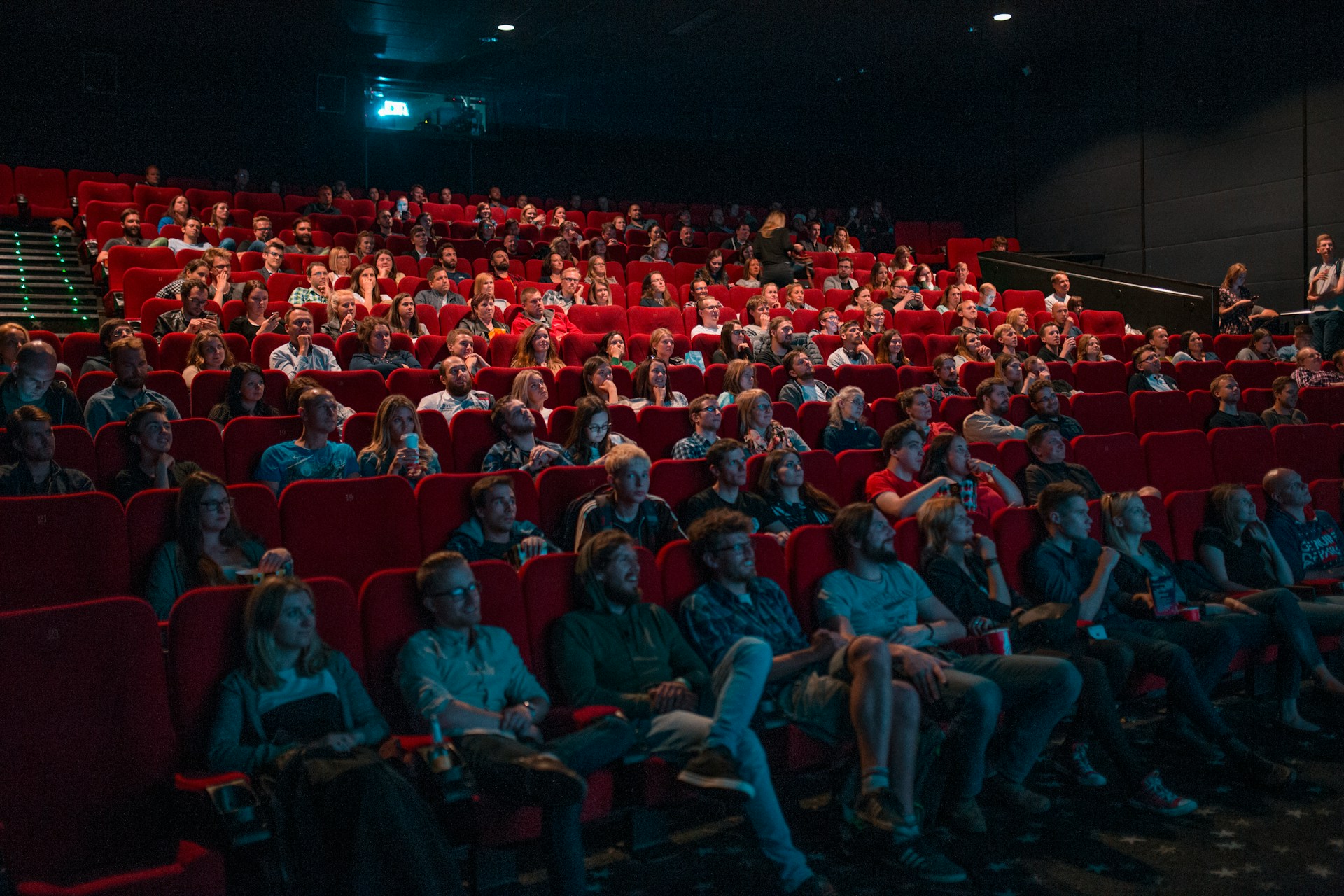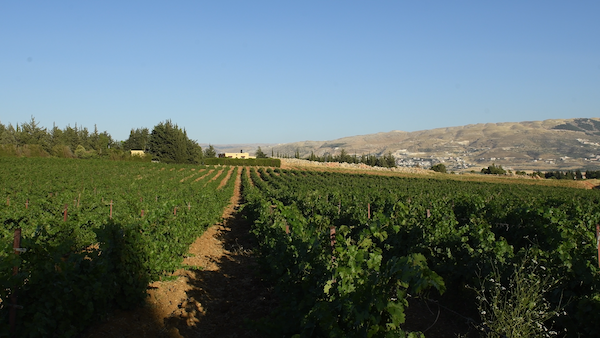Laying the Foundation to Build Your Film Audience: Part 1 - The TAO Framework

Every filmmaker starts with a spark—a story that won't let go, a vision too urgent to ignore. But far too often, that spark dims in isolation. The film is finished and… nothing happens. A hard drive full of hope sits gathering digital dust. Festival submissions vanish into the void. Streaming deals—if they come at all—bury your work beneath algorithmic recommendations designed for mass appeal, not the specific viewers who would truly connect with your vision.
In our current system, who is actually responsible for ensuring meaningful films find their meaningful audiences?
I'm experiencing this challenge firsthand with a documentary about the birth of American cinéma vérité. This film offers invaluable insights into film history by capturing the voices of its pioneers: Robert Drew, Richard Leacock, Terence Macartney-Filgate, D.A. Pennebaker, and Albert Maysles. Despite featuring rare, irreplaceable interviews with these revolutionary filmmakers, it sits nearly invisible on an educational streaming platform. Despite its significance, it's buried among thousands of titles, gathering digital dust instead of enlightening film students and enthusiasts who would treasure it. The platform hosts it, yes—but makes no effort to connect it with the very audiences who seek such content. This raises a crucial question: in our current system, who is actually responsible for ensuring meaningful films find their meaningful audiences?
This disconnection between films and their intended viewers isn't just my experience. As a member and ambassador of the documentary filmmaker network The D-Word, I've witnessed countless passionate creators pour years into projects only to see them disappear—caught between distributors who can't afford to take risks and platforms that prioritize algorithms over artistic intent. This isn't just disappointing for filmmakers; it represents a profound cultural loss when meaningful stories never reach the communities that need them most.
The challenges extend beyond distribution. Many films struggle even earlier—languishing in development as grant applications become wishful hopes and funding cycles pass by. But even well-funded projects ultimately face the same audience connection problem.
In my previous journal entry, Your Film Deserves an Audience, I explored why traditional models fail independent filmmakers and why I was drawn to the distribution aspect of documentaries. Building on these premises, that's why I created the Targeted Audience Outreach (TAO) framework. The TAO is a fluid, intuitive framework for connecting independent films with their natural audiences. Not as another distribution checklist, but as a complete rethinking of the relationship between filmmaker and viewer. At its core lies three principles that change everything:
- Flow and Balance: "TAO helps films find their natural audience journey, removing barriers between creators and viewers."
- Adaptability: "Like water finding its path, TAO adapts to each film's unique identity and audience landscape."
- Harmony: "Creating harmony between filmmaker vision, audience needs, and exhibition capabilities."
This simple shift transforms how you identify, reach, and build relationships with viewers who will genuinely resonate with your work.
The Distribution Reality
Let's be honest about what we're up against. Traditional distributors can't afford to custom-design campaigns for smaller films—their economics demand tested approaches to reduce risk. They need established channels and predictable returns. The result? Filmmakers often receive a single upfront payment (shrinking by the year), and nothing else, because the cost of distribution outweighs the revenues generated.
And it plays out repeatedly. This is one of the key reasons why filmmakers should be involved in the distribution of their films.
From Distribution to Audience Development
The TAO approach flips that script. Instead of squeezing your vision into pre-existing distribution channels, we map channels to vision. Every decision flows from your creative intent outward toward the people who will most deeply connect with your work.
What matters isn't getting your film "out there" but creating genuine connection. That's why I use the term audience development. It's about building relationships, not just securing placements.
This requires new language. "Distribution" suggests a mechanical process—impersonal, transactional, detached. When done right, audience development transforms filmmakers from content suppliers into community architects. It's identifying who your film is genuinely meant for and creating pathways that lead directly to them. Not just visibility, but resonance. Not just viewers, but advocates who will carry your work forward because it speaks directly to their interests, needs, or passions.
When done right, audience development transforms filmmakers from content suppliers into community architects. It's identifying who your film is genuinely meant for and creating pathways that lead directly to them. Not just visibility, but resonance. Not just viewers, but advocates who will carry your work forward because it speaks directly to their interests, needs, or passions.
Before going into an overview of the TAO framework, I need to make two very important notes that shape and influence my work.
A Personal Note on Approach
The first note is about the importance of psychology. In particular, Carl Jung and Eastern philosophies. Both have been huge influences on me. At a time when I was questioning my career and evolution, Jung's work in analytical psychology helped me see myself more clearly and understand how I process the world. It laid the foundation for my shift toward a meaningful path into a creative world.
Jung's concepts of the unconscious, archetypes, and the shadow—those hidden aspects of ourselves we often don't recognize—have proven remarkably effective at helping people uncover their genuine motivations and purposes.
Eastern philosophies and Taoism also helped me look at the world and the self, in ways that Western approaches did not. Noticeably, there is also a bridge between Jung, as he valued Eastern philosophies a lot. It's not a coincidence.
Over the years, I've also used this approach extensively to coach entrepreneurs and creative leaders through transformation.
So, bringing Jungian and Eastern philosophies insights into the documentary process isn't academic indulgence—it's practical clarity. When you understand the deeper impulses driving your creative work, you make more authentic decisions about every aspect of your film's journey.
A Note of Caution
The second note is about a caveat of the entrepreneurial mindset. Before diving into the framework, I should be clear: there are no guarantees here. Like any creative venture, not every film finds its full audience. The TAO framework isn't magic—it's intentionality. It gives you better odds by replacing scattershot approaches with purposeful design, but success still depends on many factors beyond any filmmaker's control.
"Everybody has a plan until they get punched in the face." - Mike Tyson
This wisdom applies perfectly to film distribution. The value of this framework isn't in guaranteeing success but in giving you a structured way to approach audience development and to adapt when circumstances change.
The TAO Way: Overview
The TAO framework unfolds through five connected stages—not as rigid steps, but as a journey that transforms creative vision into meaningful audience connections:
- Uncover Your True Intent: Excavate your deeper purpose
- Discover Your Real Audience: Find who will genuinely resonate
- Design Your Channels' Flow: Map pathways between film and audience
- Connect through Meaningful Relationships: Create engagement before, during, and after release
- Implement with Purpose: Track impact aligned with your purpose
Now that we understand the essence of the TAO framework, we're ready to begin our journey through its five interconnected stages. In Part 2, we'll explore the crucial first steps: uncovering your true intent and discovering your real audience. These foundational elements will serve as the compass for everything that follows.
Before we continue, I'm curious: What has been your experience with defining your creative purpose? Have you found alignment between your deepest intentions and your audience outreach? Reach out by email, I would love to hear about your experience.[To be continued in Part 2 next week...]

